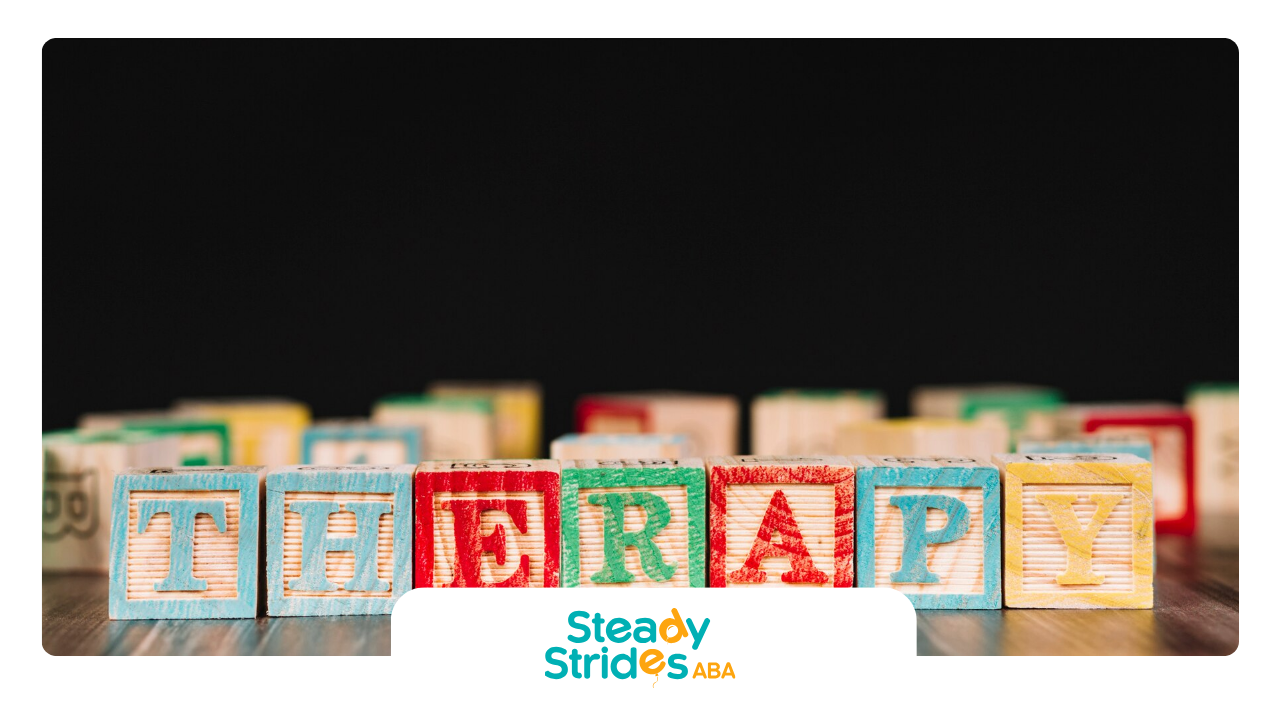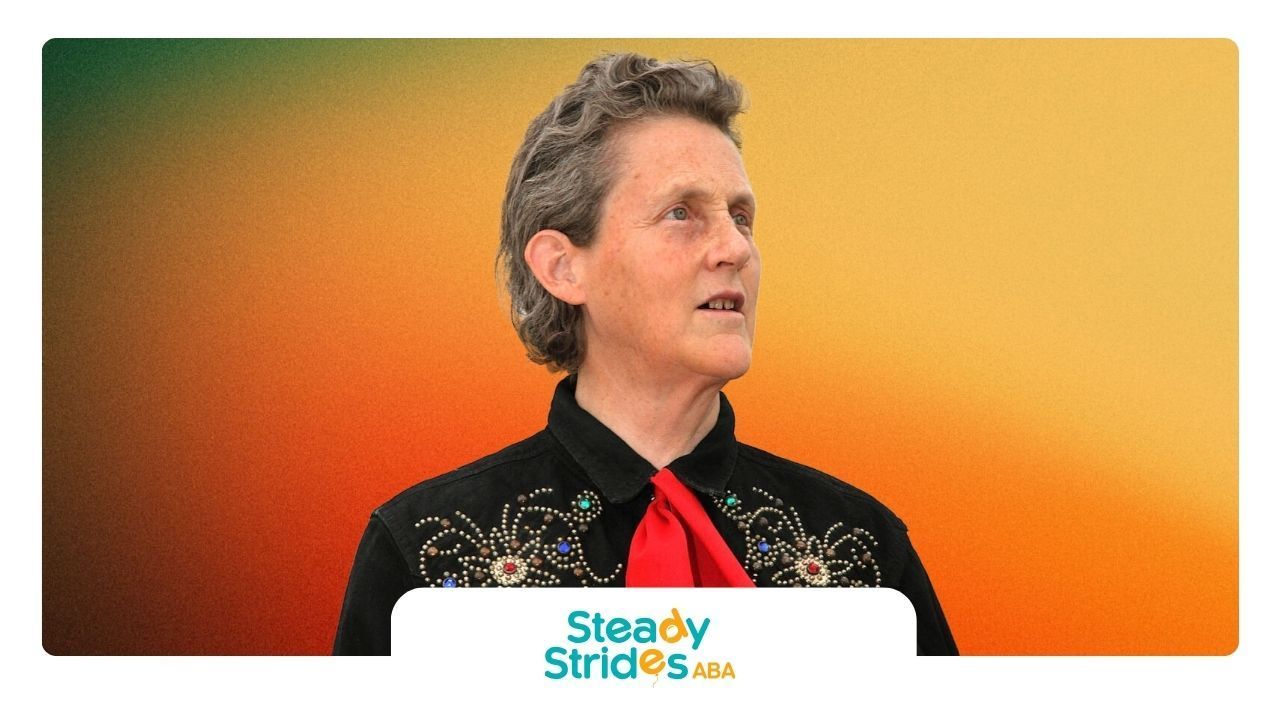Autism is a spectrum, meaning that it manifests differently in every individual. One of the more complex aspects of autism is a behavior known as masking. Masking refers to the practice of concealing one’s true feelings, behaviors, or identity to fit in with societal expectations, especially in social settings. While many individuals on the autism spectrum engage in masking, the reasons behind it can vary. Understanding autistic masking is essential for both caregivers and professionals to ensure that individuals with autism receive the proper support and care.
In this blog post, we’ll explore what autistic masking is, why individuals mask their behaviors, the potential impact of masking on mental health, and how to support individuals who mask. We’ll also provide practical strategies for helping children and adults navigate and reduce the need to mask their autism in social situations.
What is Autistic Masking?
Autistic masking refers to the unconscious or conscious effort of an individual with autism to hide or suppress behaviors, feelings, or characteristics associated with their condition. It is a coping mechanism that allows the individual to fit into social environments where their neurodiversity may not be understood or accepted.
Masking can involve a wide range of behaviors, including:
- Imitating social interactions (e.g., pretending to enjoy a conversation or mimicking facial expressions and body language).
- Suppressing stimming behaviors (e.g., hand-flapping, rocking, or other self-soothing actions).
- Mimicking eye contact or speech patterns that may feel unnatural to the individual.
- Suppressing feelings of anxiety, confusion, or discomfort to avoid drawing attention.
- Conforming to social norms and expectations at the expense of their own comfort or well-being.
While masking may help an individual navigate social situations in the short term, it can have significant long-term consequences for their mental health and emotional well-being.
Why Do Individuals with Autism Mask?
There are several reasons why someone with autism might engage in masking behavior. Understanding these motivations is key to addressing the challenges that masking presents.
1. Social Acceptance
One of the most common reasons for masking is the desire for social acceptance. Society often has specific expectations for behavior, particularly in social interactions, and individuals with autism may feel pressured to conform to these norms. The fear of being judged, excluded, or misunderstood can drive an individual to mask their true self in an attempt to "fit in" and avoid stigma.
2. Avoiding Negative Reactions
People on the autism spectrum may experience negative reactions from others when they exhibit behaviors considered atypical, such as stimming, speaking too loudly, or making direct eye contact. To avoid these reactions, an individual might mask their behaviors in order to avoid criticism, bullying, or social rejection.
3. Professional or Educational Expectations
In environments such as school or work, there may be even more pressure to mask behaviors. The need to meet societal expectations for behavior can become overwhelming, particularly in situations where an individual is expected to perform or interact in specific ways. Masking becomes a survival tactic, as many schools and workplaces prioritize conformity over individuality.
4. Unfamiliar or Overwhelming Situations
In unfamiliar settings or when faced with sensory overload, an individual with autism may mask in an effort to manage the stress of the situation. Masking becomes a coping mechanism to navigate environments that feel too stimulating or socially challenging.
5. Lack of Self-Awareness
Some individuals with autism may not even be aware that they are masking. They may have learned to imitate others’ behaviors or suppress their natural reactions over time, making it difficult for them to recognize when they are engaging in masking behaviors.
The Impact of Masking on Mental Health
While masking can help individuals with autism navigate the world around them, it can also have significant emotional and mental health consequences. The continuous effort to suppress one's true self can lead to:
1. Increased Anxiety and Stress
Masking requires significant mental energy and effort. For individuals who mask regularly, the constant pressure to suppress their natural behaviors can lead to heightened anxiety, stress, and feelings of exhaustion. The need to constantly monitor their actions can make social situations feel overwhelming and emotionally draining.
2. Depression and Low Self-Esteem
Over time, the inability to express one’s true identity can contribute to feelings of isolation and depression. Many individuals who mask their autism struggle with low self-esteem, as they may feel they are never truly accepted for who they are. This can result in a sense of disconnection from others and a lack of self-worth.
3. Burnout and Emotional Exhaustion
Individuals who mask may experience what is commonly referred to as "autistic burnout." This occurs when the constant effort to mask behaviors leads to emotional exhaustion and a breakdown in coping strategies. Burnout can result in a range of physical and emotional symptoms, including irritability, fatigue, and a loss of previously learned skills.
4. Difficulty with Self-Expression
When masking becomes a habitual coping mechanism, it can become difficult for the individual to express their true thoughts, emotions, or needs. This can lead to miscommunication with others, increased frustration, and difficulty forming genuine relationships.
5. Delayed Diagnosis and Support
Masking can also contribute to delays in diagnosis and access to appropriate support services. For example, if an individual has learned to mask their behaviors effectively, their autism may go unnoticed by teachers, doctors, or caregivers, delaying the support they need to thrive.
Signs of Autistic Masking
Recognizing when an individual is masking can be challenging, as it often involves subtle behavioral changes. However, some common signs of masking include:
- Mimicking social behaviors: Imitating the actions of others, such as smiling or making eye contact, despite not feeling comfortable doing so.
- Suppressed stimming: Inhibition of self-soothing behaviors like hand-flapping, rocking, or other repetitive movements.
- Forced eye contact: Attempting to make eye contact even when it feels uncomfortable.
- Difficulty with social interactions: Struggling to maintain or engage in natural conversation, especially in unfamiliar or overwhelming environments.
- Emotional suppression: Hiding emotions or not expressing discomfort, frustration, or excitement, even when it’s apparent that the individual is experiencing these feelings internally.
If you notice these signs in a loved one, it’s important to approach the situation with understanding and support. Masking should not be viewed as a choice, but rather a response to societal pressures or personal coping strategies.
Strategies for Supporting Autistic Masking
While masking is a natural coping mechanism for many individuals on the autism spectrum, there are several strategies that can help reduce the need for masking and provide support in creating a more authentic and comfortable environment.
1. Fostering Acceptance and Understanding
The first step in reducing masking is to foster an environment of acceptance and understanding. Whether at home, school, or work, it’s essential to create spaces where the individual feels safe and free to express themselves without fear of judgment. This can be achieved by educating peers, colleagues, and family members about autism and its diverse manifestations.
2. Encouraging Self-Awareness
Supporting individuals in recognizing when they are masking and understanding the emotional toll it takes can help them become more self-aware. This self-awareness can lead to better self-regulation and coping strategies. Helping the individual to identify situations where they feel the need to mask and explore alternative ways to express themselves is key.
3. Promoting Coping Strategies
Teaching individuals healthy coping strategies for managing anxiety, sensory overload, and social stress can help reduce the need for masking. These strategies may include:
- Breathing exercises
- Sensory tools (e.g., fidget toys, noise-canceling headphones)
- Deep pressure techniques (e.g., weighted blankets or vests)
- Mindfulness and relaxation exercises
4. Encouraging Authenticity in Safe Spaces
Allowing the individual to express themselves authentically in safe and supportive spaces is essential. This can help them feel more comfortable being themselves and reduce the need to mask in situations where it’s unnecessary. These spaces might include therapy sessions, small social groups, or family interactions.
5. Seeking Professional Support
If masking is severely affecting an individual’s well-being, seeking professional support is crucial. A therapist or counselor who specializes in autism can provide strategies for reducing masking behaviors and promoting healthier emotional expression. ABA (Applied Behavior Analysis) therapy may also be helpful in identifying triggers for masking and working on alternative strategies for communication and emotional regulation.
Conclusion
Autistic masking is a complex behavior that serves as a coping mechanism for many individuals on the autism spectrum. While masking can help individuals navigate social situations in the short term, it can also lead to significant mental health challenges, including anxiety, depression, and burnout. Understanding the reasons behind masking and supporting individuals in expressing their authentic selves is crucial for improving their emotional well-being.
At Steady Strides, we specialize in providing ABA therapy and other support services to individuals with autism. Our goal is to create an environment of understanding, acceptance, and growth, where individuals can thrive and express themselves authentically. If you or someone you love is struggling with masking, our team is here to help.
Frequently Asked Questions
How can I tell if my child is masking?
Signs of masking in children may include mimicking social behaviors, suppressing stimming, forced eye contact, difficulty with social interactions, and emotional suppression. If you notice these signs, it’s important to support your child with patience and understanding.
What can I do to help my child stop masking?
Encourage self-awareness, provide safe spaces for authentic expression, and teach coping strategies to manage stress and anxiety. Fostering acceptance and reducing societal pressure can also help your child feel more comfortable being themselves.
Does masking ever stop?
Masking may decrease over time, especially if the individual has access to supportive environments where they feel safe and accepted. However, for some, it may always be a coping mechanism, which is why reducing the emotional toll of masking is essential.
Sources:
- https://www.autism.org.uk/advice-and-guidance/topics/behaviour/masking
- https://pmc.ncbi.nlm.nih.gov/articles/PMC5807490/
- https://www.medicalnewstoday.com/articles/sensory-overload
- https://www.autism.org.uk/advice-and-guidance/topics/loneliness
- https://www.autism.org.uk/advice-and-guidance/professional-practice/autistic-burnout












